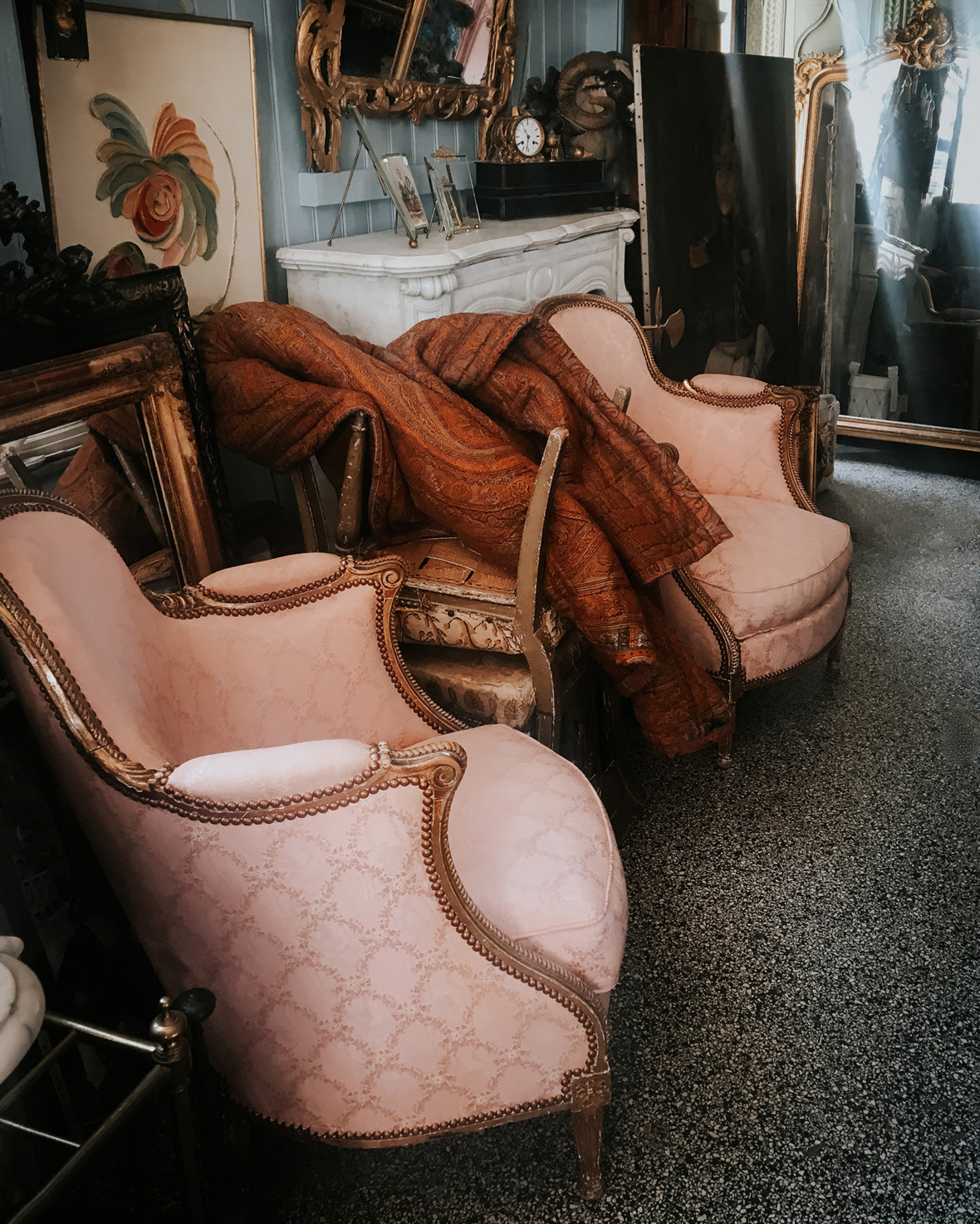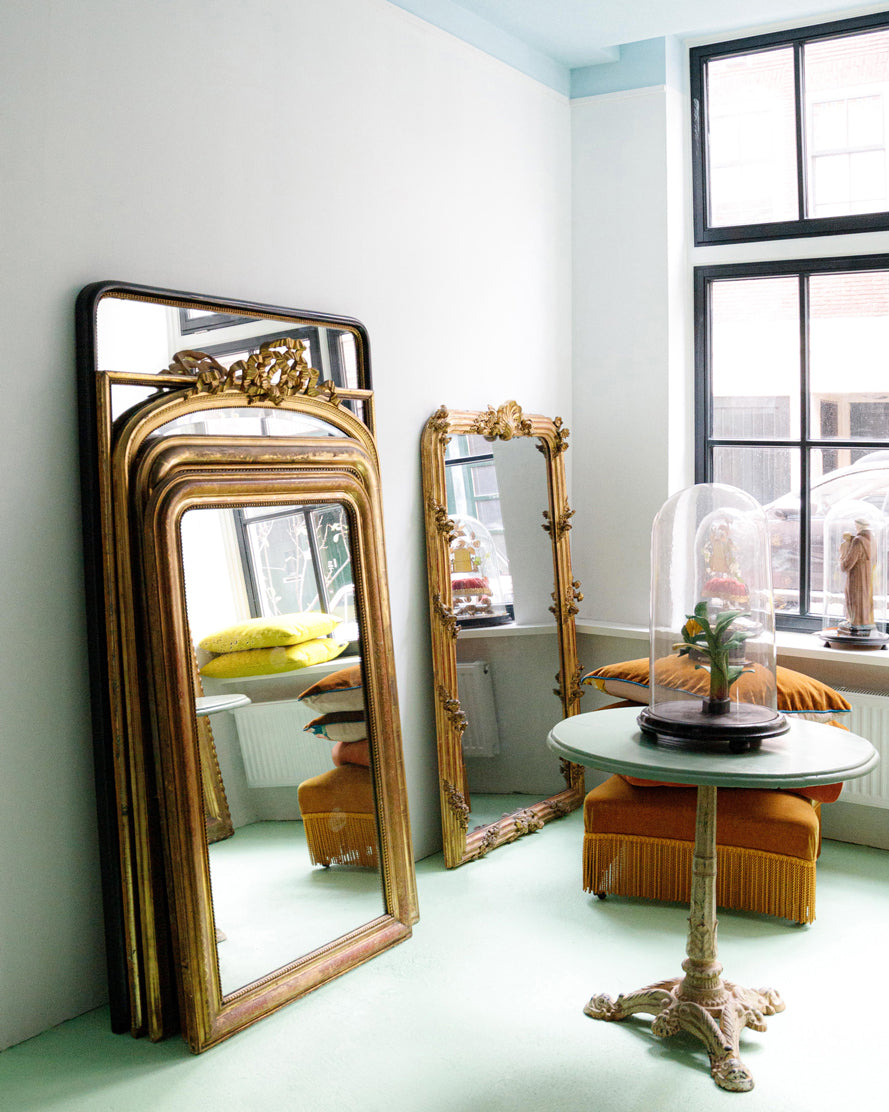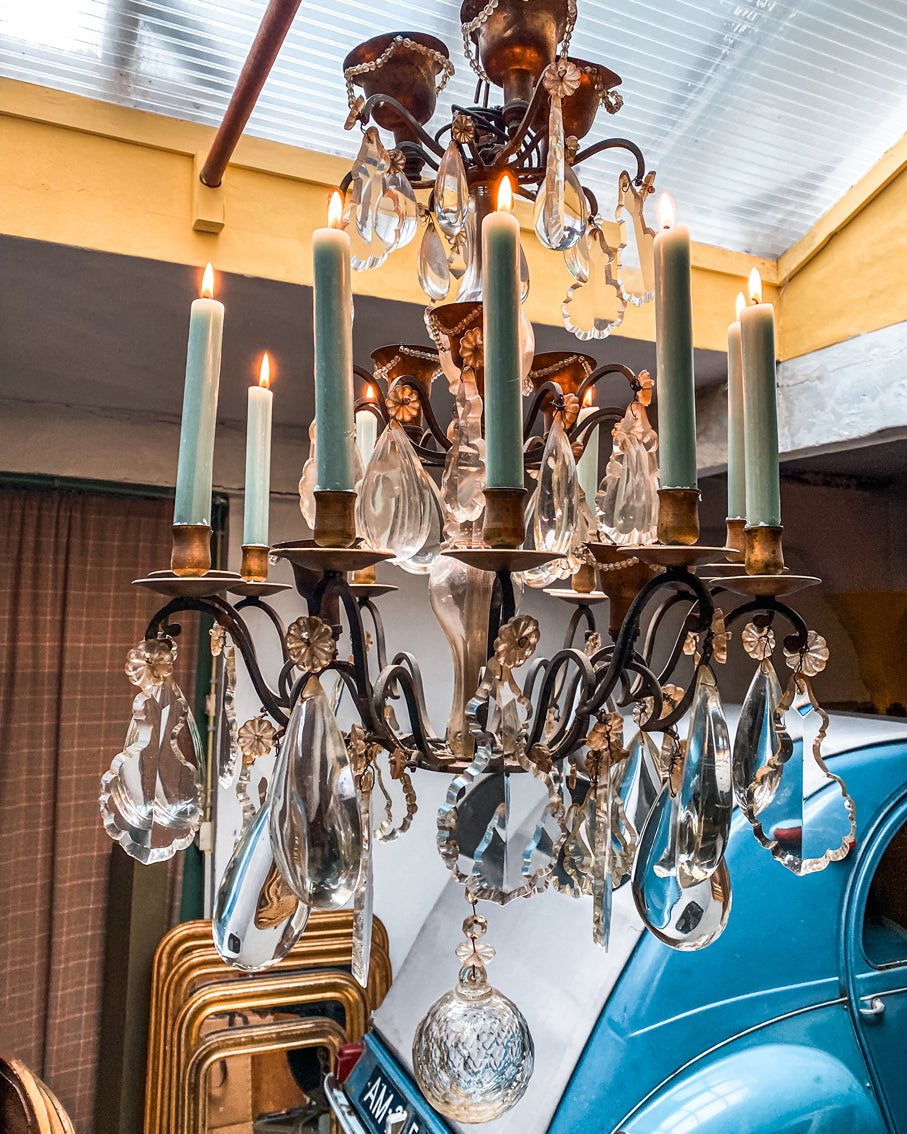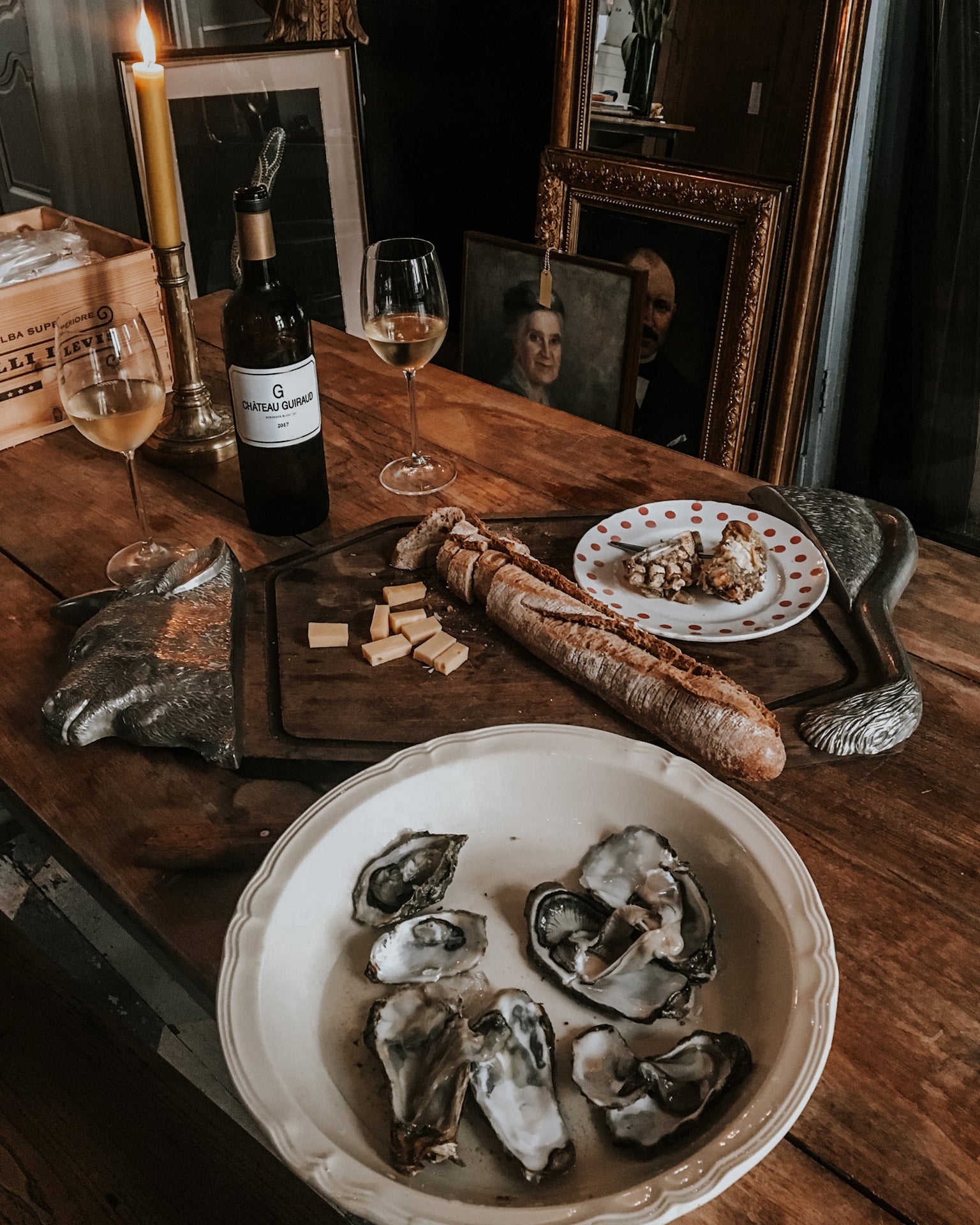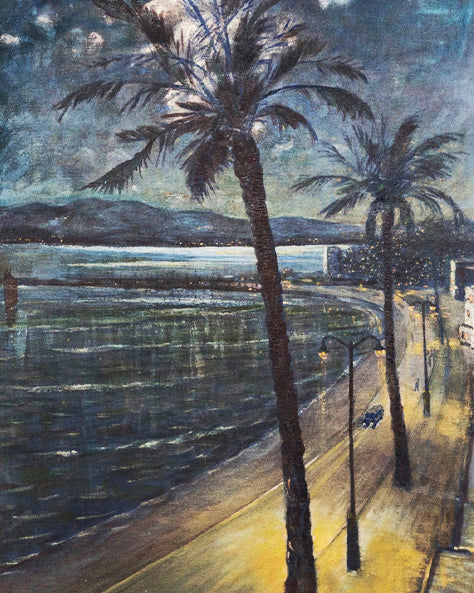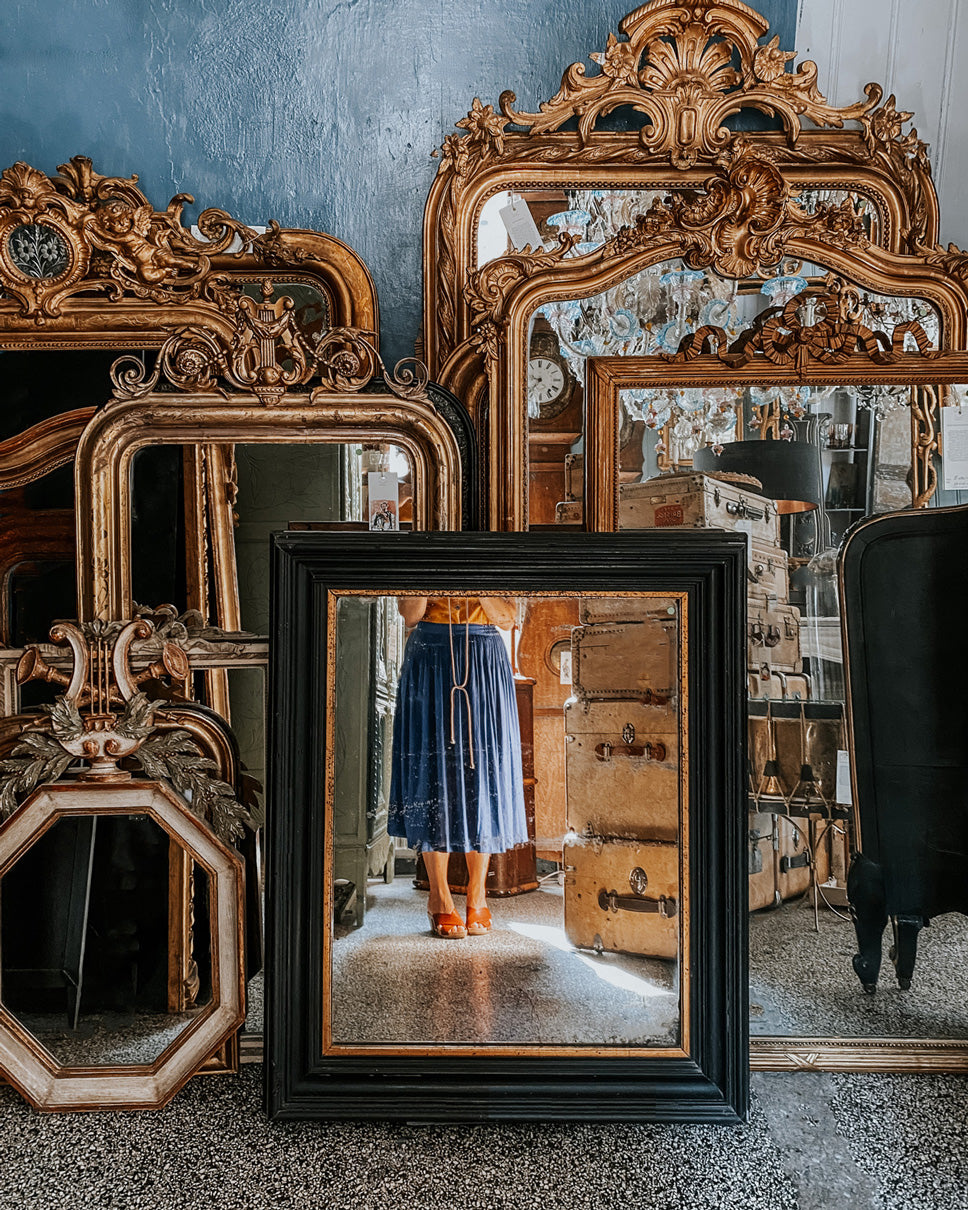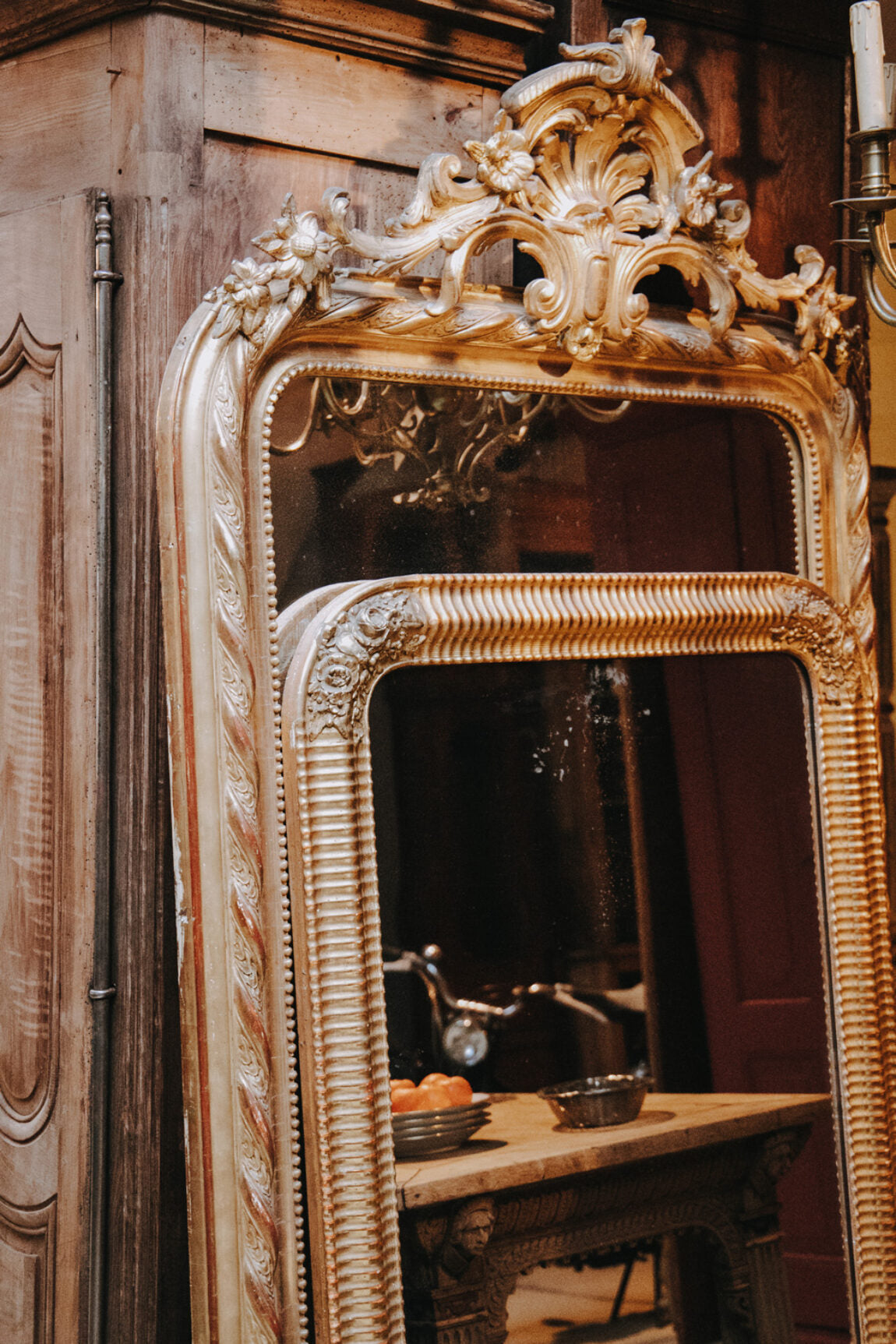The French Wedding Armoire or "Armoires de Mariage"
The French Wedding Armoire: Where Love, Legacy & Lavish Carvings Collide
A Love Letter in Wood: The Bridal Trousseau and Its Trusty Keeper
Forget diamonds; French brides once measured their worth by trousseaux—lavish bundles of linens, lace, and lovingly stitched dreams. These heirloom-worthy textiles, from embroidered sheets to the finest nightgowns, were the original luxury label. In fact, an incomplete trousseau could quite literally cancel a wedding. Talk about high stakes!
Now, where does all this delicate finery live? Enter the wedding armoire, crafted from trees rooted in the bride’s very own garden—a bespoke wooden treasure chest housing generations of love and domestic grandeur. This wasn’t just furniture; it was a legacy, started before birth and polished to perfection by the time the bride said “oui.”
Reading Between the Carvings: A Secret Language of Love & Luck
Each armoire de mariage is a symphony of symbolism. Look closely and you’ll spot lovebirds whispering sweet nothings, baskets of flowers blooming fertility, and pairs of nesting doves cooing about the future “nest.” Sheaves of wheat and grapevines promise abundance, while carved musical notes sing harmony.
In Normandy, the tradition was as dramatic as a French film: a father would fell a tree at his daughter’s birth, destined to become her armoire when she got engaged. In Brittany, the bridal procession arrived in a flower-draped cart drawn by oxen, the armoire bursting with linens, and the bride’s mother theatrically throwing open its doors—cue gasps and swoons. The priest would then bless both the armoire and the marriage bed before the families dined like royalty.
Why We’re Obsessed (And You Should Be Too)
These armoires are more than just storage; they are love letters etched in wood, blending rustic charm with undeniable French je ne sais quoi. For anyone obsessed with interiors, they’re the ultimate statement piece—a whisper of history with a generous wink to modern elegance.
Time, has not always been kind to the wedding armoire. Once the crown jewels of family homes—cherished, polished, and guarded like royal treasures—these beauties were the ultimate statement pieces. But like all stars of style, they eventually fell out of vogue, condemned to languish in barns, attics, or worse... termite feasts and neglect.
For decades, “brown furniture” was about as trendy as a beret in July—meaning these armoires got shoved aside, forgotten, or tragically discarded. Even in our 30-plus years of digging through antique wonders, truly exceptional wedding armoires are vanishing faster than a Parisian croissant at breakfast. They’re burned, tossed, or devoured by time itself.
All the more reason to cherish and protect every single one we find—because these storied wardrobes are not just furniture; they’re love letters carved in wood, and that’s a legacy worth preserving.
So next time you pass an antique armoire, pause and peer at those carvings. What tales do they tell? We promise you’ll discover a treasure trove of romance and craftmanship wrapped up in every flourish.
Oh, And A Couple of Other French Wedding Perks...
The Cake? Forget your tiered vanilla sponges. The French serve up croquembouche—a towering, golden pyramid of cream-filled profiteroles, each bite a little piece of heaven. Originating from medieval potluck-style weddings, this dessert is still the belle of the ball—and occasionally swapped for a macaron tower if you’re feeling extra chic.
The Champagne? Here’s where it gets swashbuckling. The Napoleonic art of sabrage—opening a bottle with a sabre—is the kind of drama Jane Austen would envy. It’s all about the wow factor (but maybe leave this one to the pros). And, naturally, the iconic champagne pyramid reigns supreme as the sparkling cherry on top of any fête.
So, as we toast our trip to Paris with a flute in hand and hearts full of joie de vivre, we leave you with this: the armoire de mariage isn’t just a piece of furniture. It’s a handcrafted storybook, a guardian of heritage, and a celebration of love—French style.
À bientôt et bisous from Paris!
—Baukje & Michiel

